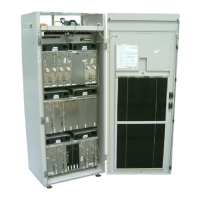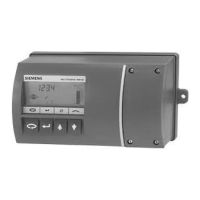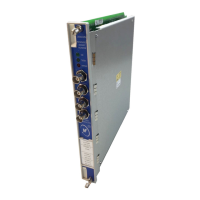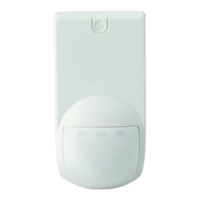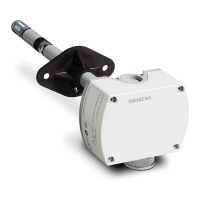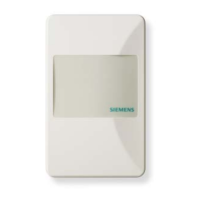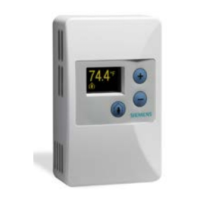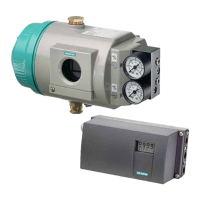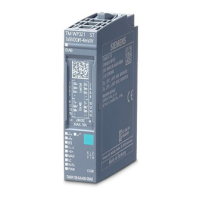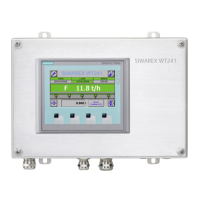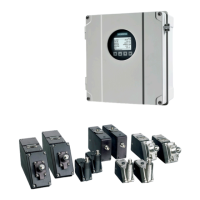Do you have a question about the Siemens BS-241 and is the answer not in the manual?
Critical safety warning about electrical shock and death, emphasizing following instructions.
Software support for core redundancy ensures system survival during failures.
AC/DC converters provide N+1 redundancy for continuous power supply.
Automatic recovery procedures for faulty BTS objects and online RF loopback.
Redundancy for AC/DC converters in the service rack.
Redundancy for core boards (COBA/COSA) for system availability.
Overview of the ECU's role and capabilities for EDGE.
Features of EPATRX including predistortion and synthesizer.
OVPT provides lightning protection for PCM ports and clock input.
Methods for combining signals to serve cells with different carrier numbers.
Techniques for antenna diversity combining.
Antenna diversity technique selecting best receiver path based on quality.
Antenna diversity technique combining all available information from receiver paths.
Overview of transmission diversity time delay and its benefits.
Method for applying a timing offset to GSM bursts for diversity.
Parallel operation of two CUs for transmission diversity.
FCC certification adjustments for ECU 850 in the USA.
FCC certification adjustments for ECU 1900 in the USA.
Support for emergency operation with 3rd party battery backup units.
Critical safety warning about electrical shock and death, emphasizing following instructions.
Software support for core redundancy ensures system survival during failures.
AC/DC converters provide N+1 redundancy for continuous power supply.
Automatic recovery procedures for faulty BTS objects and online RF loopback.
Redundancy for AC/DC converters in the service rack.
Redundancy for core boards (COBA/COSA) for system availability.
Overview of the ECU's role and capabilities for EDGE.
Features of EPATRX including predistortion and synthesizer.
OVPT provides lightning protection for PCM ports and clock input.
Methods for combining signals to serve cells with different carrier numbers.
Techniques for antenna diversity combining.
Antenna diversity technique selecting best receiver path based on quality.
Antenna diversity technique combining all available information from receiver paths.
Overview of transmission diversity time delay and its benefits.
Method for applying a timing offset to GSM bursts for diversity.
Parallel operation of two CUs for transmission diversity.
FCC certification adjustments for ECU 850 in the USA.
FCC certification adjustments for ECU 1900 in the USA.
Support for emergency operation with 3rd party battery backup units.
| Brand | Siemens |
|---|---|
| Model | BS-241 |
| Category | Accessories |
| Language | English |
